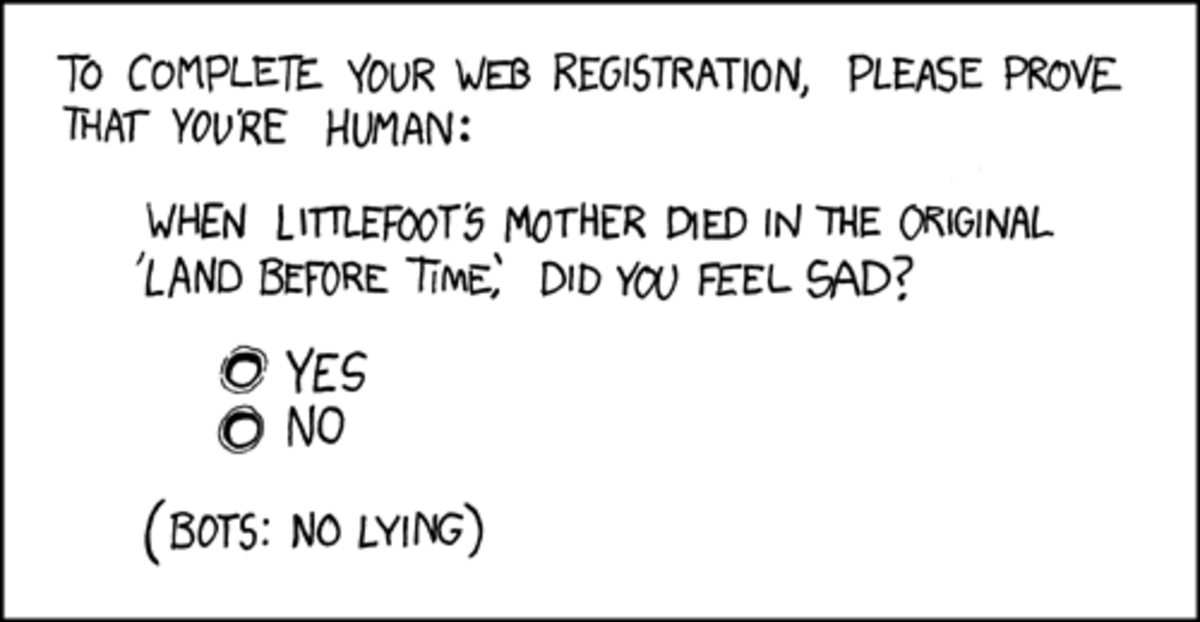Define Vlan and its use
What is VLAN and its basics. Listout the uses of VLAN
Definition of VLAN:
VLANs are used to segment the network into smaller broadcast domain or segments. In otherword VLAN is a logical grouping of network users and resources connected administratively to defined ports on a switch.The primary reason to segment your network is to relieve network congestion and increase bandwidth.By creating VLANs, you are able to create smaller broadcast domains within a switch by assigning different ports on the switch to different subnetworks. Ports assigned to the VLAN to which the node sending the broadcast is assigned will receive that broadcast.
Why use VLAN:
VLAN is like placing a router to stop broadcasts between each individual VLAN. Routers are like bug poison-they kill broadcasts dead. Broadcast can't escape through routers and they can't escape a VLAN, eigher. Each VLAN becomes its own invididual broadcast domain. When a network node or workstation sends out an advertisement or broadcast to the other nodes on a segment, only the nodes assigned to the VLAN to which the node sending the broadcast is assinged will receive that broadcast.
Using Virtual LANs, you're no longer confined to physical locations. VLANs can be organized by location, function, department, or even the application or protocol used, regardless of where the resources or users are located. In a flat network topology, your broadcast domain consists of all the interfaces in your segment or subnet. If no devices-such as switches or routers-divide your network, you have only one broadcast domain. On some switches, an almost limitless number of broadcast domains or VLANs can be configured.
VLAN Basics
Inter-Switch Link (ISL) protocol was designed to allow VLAN traffic to flow from one Cisco device to another. The protocols adds a header that uniquely identifies the source and destinations of the data as well as the VLAN the data is a member of. If data from one VLAN needs to be forwarded to another VLAN, it requires some type of Layer 3 routing.
Spanning Tree Protocol(STP), which can be applied to each individual VLAN, keeps the network from forming bridging loops when a packet can reach a given destination multiple ways. This means you can provide multiple ways to get data from Point A in your network to Point B, thereby providing redundancy in case one link fails. STP blocks the redundant ports so only one path exists for data in the network.
VLANs allow you to use these links to load balance data. By assigning different VLANs to each link, data from one VLAN can use one link and another VLAN can use the second, redundant link. A VLAN would use the other link only during a link failure in the network, in this case the VLANs assigned to the lost link would converge and use the link that was still available.
If you are a Networking Professional and want a job in Wipro. Visit my hub
http://hubpages.com/_cfghjb7oiy1d/hub/Wipro-hires-people-with-experience-in-networking



